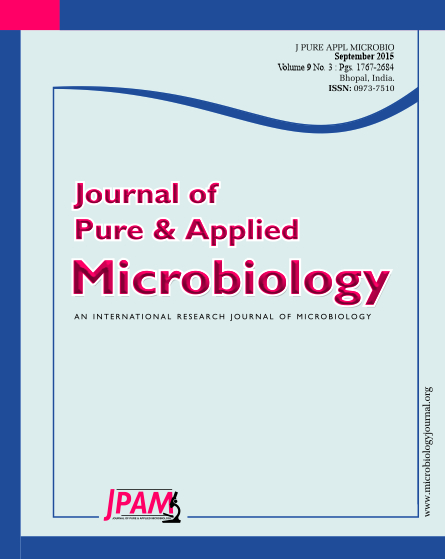Methane–oxidizing bacteria (methanotrophs) biologically consume and consequently affect the concentration of atmospheric methane (CH4), the second most prominent greenhouse gas, and therefore play critical roles in the mitigation of global warming effect. Long–term fertilization often affects the methanotrophs community and CH4 oxidation in various soils. The objective of this study was to characterize for a Chinese paddy soil the changes in CH4 emissions and the diversity and composition of methanotrophs, that resulted from mineral fertilizer, crop residue, and manure applications. In this long-term ( 28 years) field study, use was made of static chambers and gas chromatography, and Illumina high-throughput sequencing of the 165rRNA gene, to analyse the CH4 emissions from a paddy field soil, and the soil methanotroph abundance and community diversity under five fertilizer treatments. These treatments were: mineral fertilizer alone (MF), rice residue plus mineral fertilizer (RF), low manure rate plus mineral fertilizer (LOM), and high manure rate plus mineral fertilizer (HOM), compared to without fertilizer input (CK). The results indicated that CH4 from fertilization treatments displayed different emission patterns during the barley growing season. The HOM plot had the highest CH4 emissions (5.074 g m-2) and global warming potentials (GWPs) (1614.77 kg CO2–eq ha-1), during the barley growing season. It was clear that some methanotrophs species (Methylosinus, Methylomicrobium, Methylomonas and Methylosarcina) were identified in the main growth stages of barley. Long–term fertilization managements can both affect the abundance and the composition of the soil methanotrophs. Methanotroph abundance was inhibited by the MF treatment, but enhanced by the RF, LOM and HOM treatments. The mineral fertilizers, crop residues, and manure could be important factors controlling the abundance and community composition of the methanotrophs in the paddy soil. We concluded that the application of organic (chicken manure), and the crop residues enhance the abundance and community composition of methanotrophs in double–cropping paddy fields in southern China through a long–term fertilizer experiment.
CH4, Long–term fertilization, Methanotrophs diversity, Methanotrophs composition, Paddy field
© The Author(s) 2015. Open Access. This article is distributed under the terms of the Creative Commons Attribution 4.0 International License which permits unrestricted use, sharing, distribution, and reproduction in any medium, provided you give appropriate credit to the original author(s) and the source, provide a link to the Creative Commons license, and indicate if changes were made.


